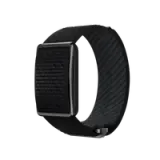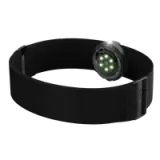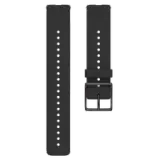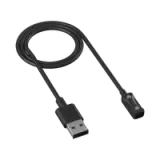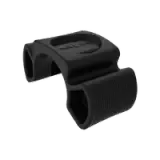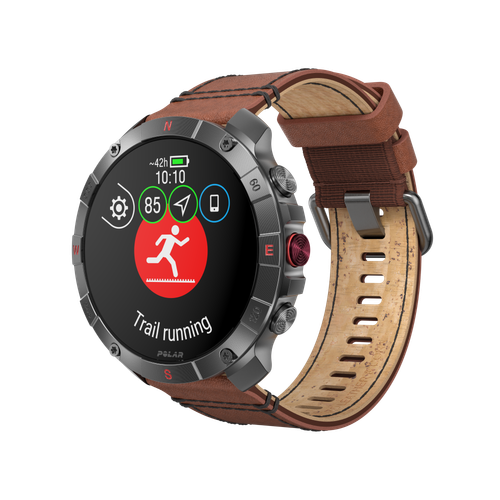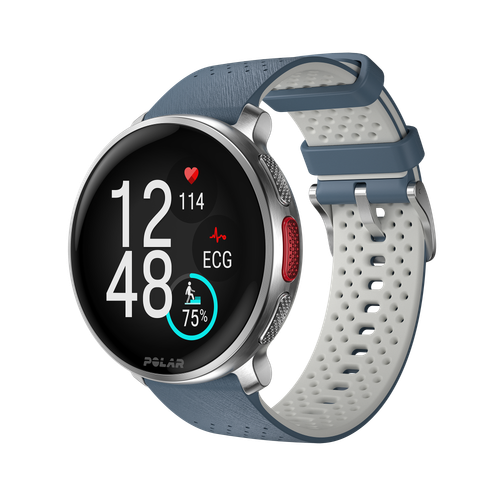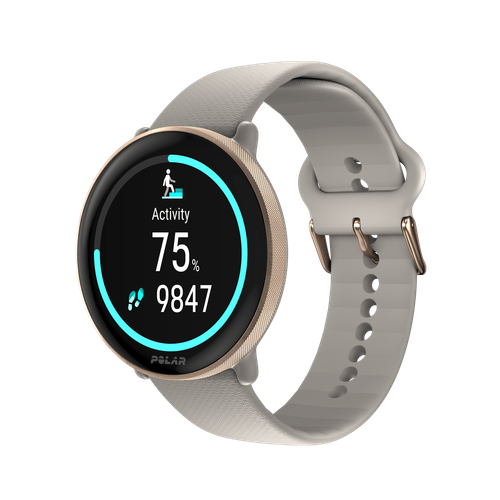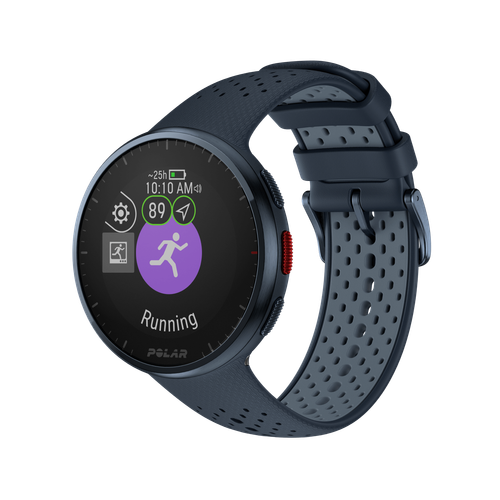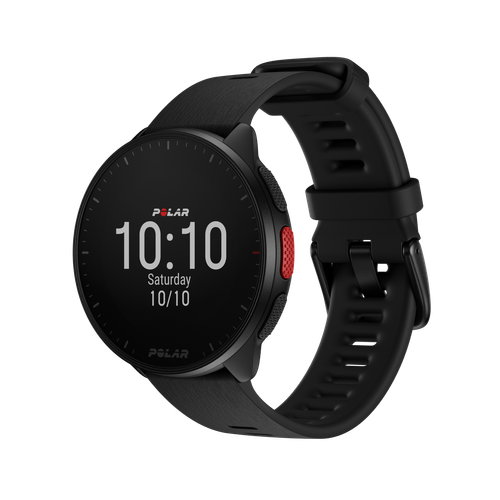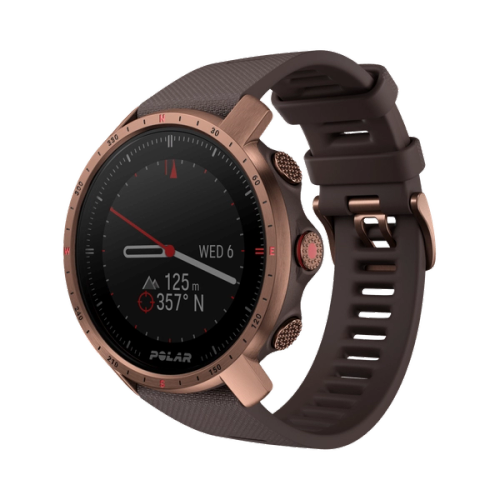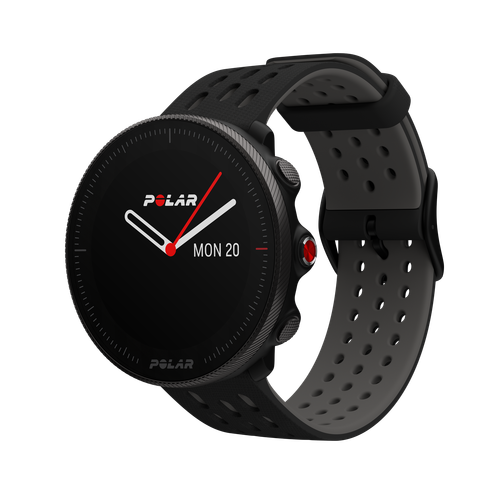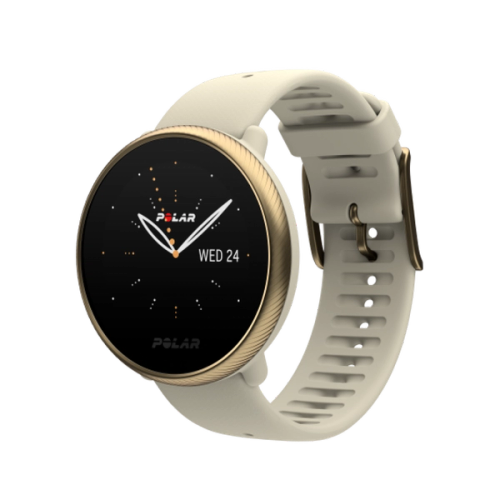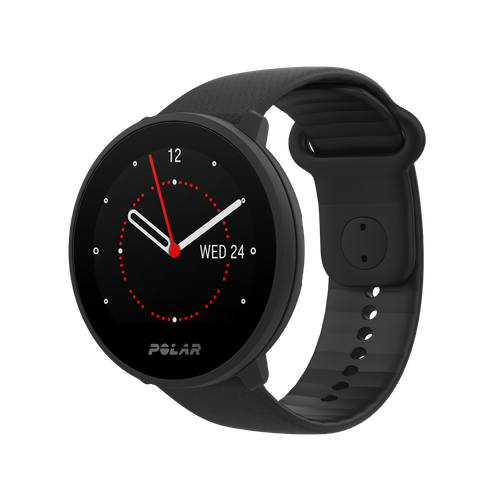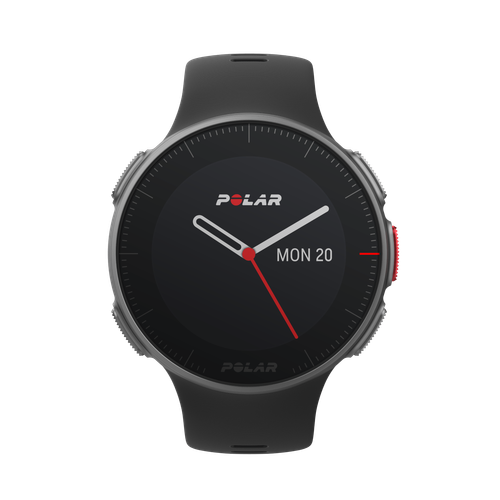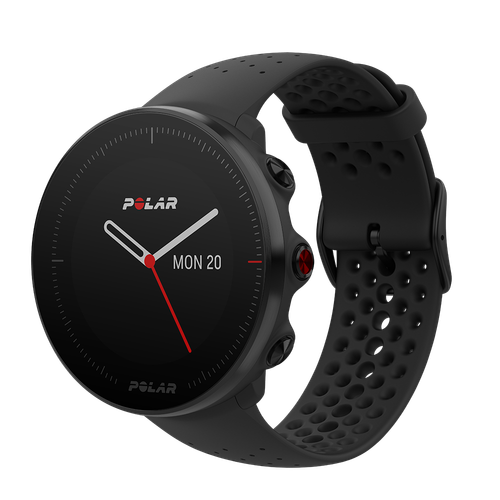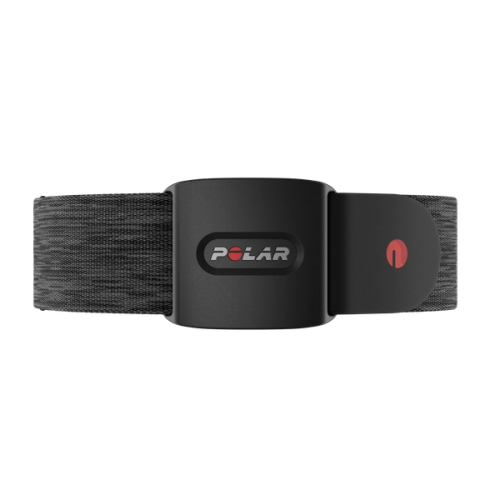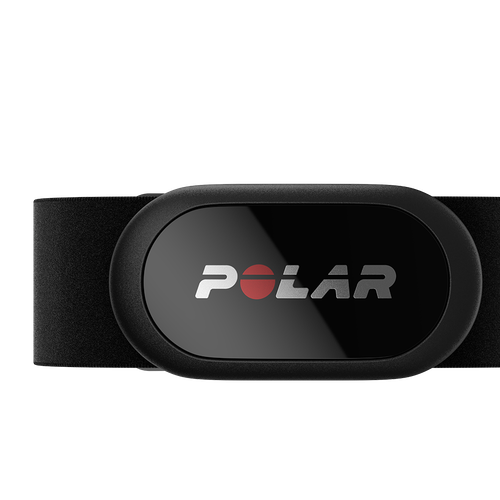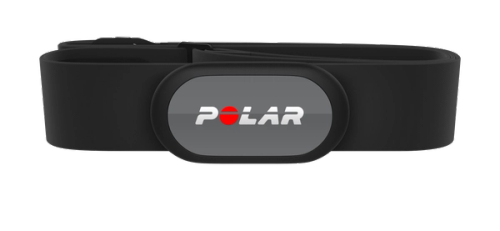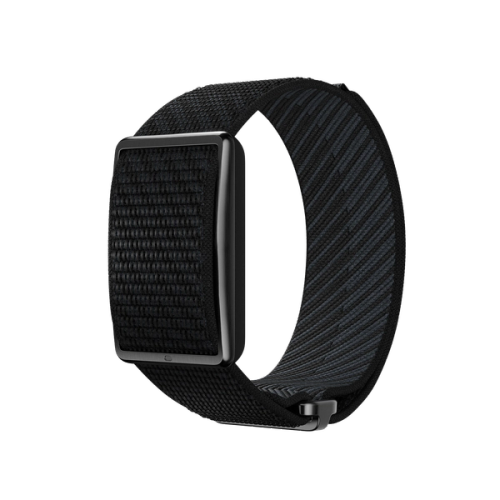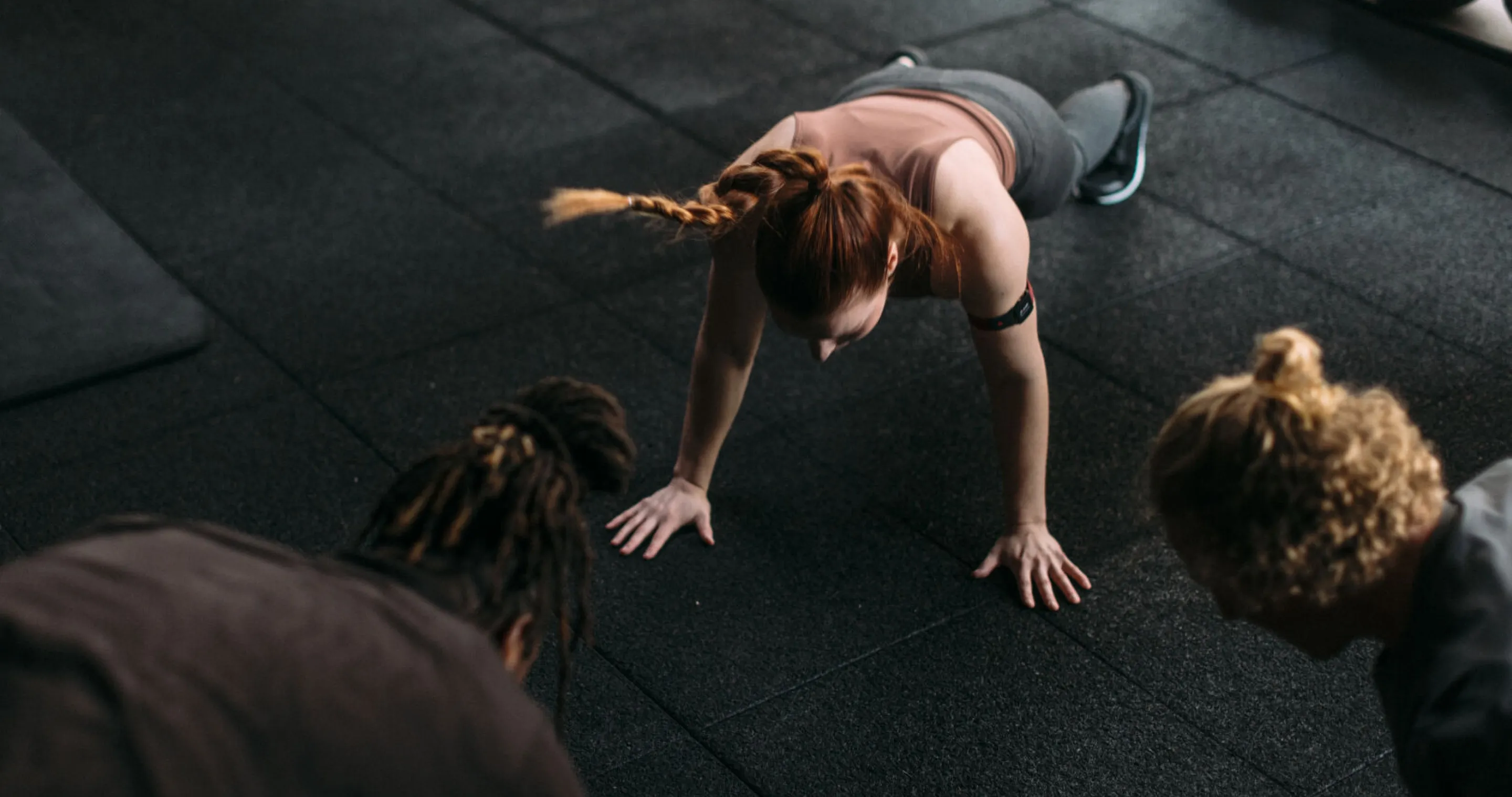After a season filled with pushing limits, be it through heavy lifts, repetitive movements, or intense physical stress, many of us are well-acquainted with muscle soreness. But what about the deeper, often unseen, toll our workouts take? We're talking about the silent workhorses of our body: our soft tissues and joints.
Soft tissues encompass a wide range of incredibly important structures like tendons (which connect muscles to bones), ligaments (connecting bones to other bones), and fascia (the connective tissue surrounding muscles and organs). And our joints? These are the marvels where two or more bones meet, allowing us to move, bend, and flex, all cushioned by cartilage.
Unlike muscles, which have a rich blood supply that aids in speedy recovery, soft tissues and joints often have a more limited blood flow. This means that when they experience stress or damage from prolonged activity, their healing process can be significantly slower. Pushing them too hard for too long can lead to issues that extend far beyond simple muscle soreness, potentially resulting in chronic pain or limiting your movement. So, let's learn how to nurture them.
How do soft tissue and joint injuries occur?
So, how exactly do these vital components get injured during your workouts? It's not always a sudden twist or fall – often, it's a cumulative effect. When you exercise for extended periods without adequate rest, proper form, or diverse movements, you can inadvertently put these structures under continuous stress. This ongoing strain is often what leads to what is known as overtraining or overuse injuries. Think of it as tiny bits of wear and tear adding up over time, eventually causing pain and limiting your mobility. Let's explore the common ways these injuries develop.
Soft Tissue Injuries
Often, soft tissue damage falls under the umbrella of Repetitive Strain Injuries (RSIs). These happen when prolonged or repeated movements place continuous stress on your muscles, tendons, and ligaments, leading to tiny tears and inflammation that accumulate over time.
Here are some common soft tissue injuries:
- Tendonitis / Tendinopathy: Your tendons are the strong, fibrous cords that connect muscle to bone. When they become inflamed, it's called tendonitis. If the condition persists and involves degenerative changes in the tendon, it's often referred to as tendinopathy. Think of the classic 'tennis elbow' or 'golfer's elbow,' often felt on the outside or inside of the elbow, respectively. Achilles tendonitis, causing pain in the back of the heel, and patellar tendonitis, affecting the knee, are also very common, especially in runners and jumpers.
- Bursitis: Around your joints, you have small, fluid-filled sacs called bursae. These act like cushions, reducing friction between bones, tendons, and muscles. When a bursa becomes inflamed, usually due to repetitive motion or direct pressure, it's called bursitis. You might feel it in your shoulder, elbow (like 'olecranon bursitis' from leaning on your elbow), hip, or knee ('prepatellar bursitis' from prolonged kneeling).
- Muscle Strains: This is what most of us refer to as a 'pulled muscle.' It occurs when muscle fibers are overstretched or torn. Strains can range from mild (a slight pull with some discomfort) to severe (a complete rupture of the muscle), often accompanied by pain, swelling, and bruising. Hamstring strains, groin pulls, and calf strains are frequent culprits, especially during activities involving sudden acceleration or deceleration.
- Ligament Sprains: Ligaments are tough bands of fibrous tissue that connect bones to other bones, providing stability to your joints. A sprain happens when a ligament is stretched or torn. Unlike muscle strains, sprains often result from an acute event like a twist or fall. Ankle sprains are incredibly common, as are knee sprains (affecting ligaments like the ACL or MCL).
It's important to remember that chronic overuse can also lead to widespread inflammation in soft tissues. If left unaddressed, this persistent inflammatory response can cause lasting damage. While less common with gradual, long-period exercise, severe fatigue from overtraining can also make tissues more vulnerable to acute tears or ruptures if the intensity is suddenly increased or an unexpected movement occurs.
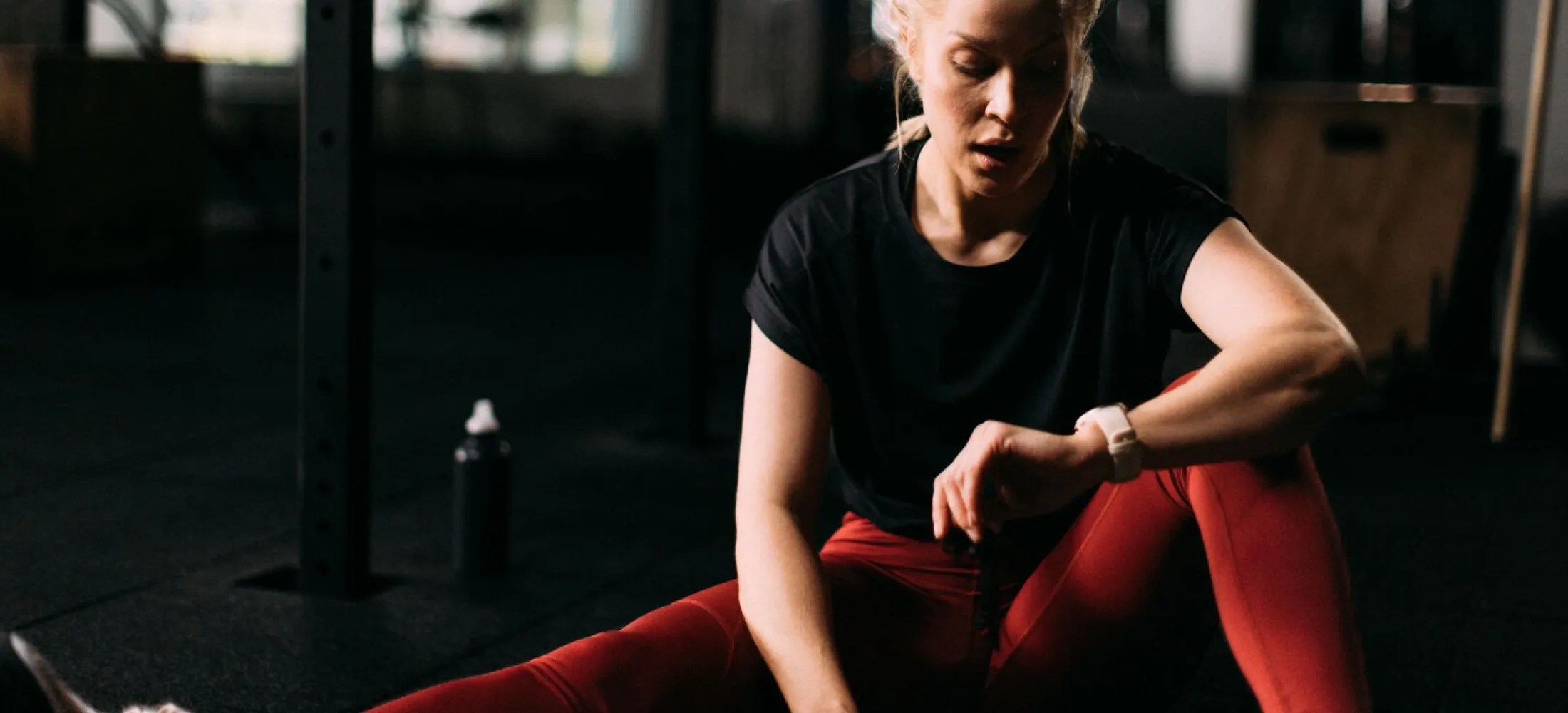
Joint Damage
One of the most significant concerns for long-term joint health is cartilage breakdown, often leading to osteoarthritis. While moderate, healthy exercise is actually beneficial for cartilage, providing it with nutrients and stimulating its health, excessive stress, especially from high-impact activities or movements performed with incorrect form, can accelerate its wear and tear. This is particularly relevant for your weight-bearing joints like the knees and hips, which absorb a lot of force during activities like running, jumping, or even just standing for long periods. As the cartilage wears down, the cushioning effect diminishes, leading to pain, stiffness, and reduced mobility as bone might begin to rub on bone.
Closely related to cartilage breakdown is the stress on subchondral bone. This is the bone that lies directly beneath the cartilage. When the cartilage is compromised or when joints are subjected to excessive, repetitive loading, the subchondral bone also experiences increased stress. This can lead to changes in the bone structure, contributing to the overall degeneration of the joint. It's a bit of a domino effect: compromised cartilage can lead to stressed bone, and stressed bone can further impact cartilage health.
Finally, you also need to consider reduced range of motion. While not directly a 'damage' in the same way as cartilage breakdown, chronic inflexibility and shortening of the surrounding soft tissues (like tight hamstrings or hip flexors) can significantly impact joint health. When a joint can't move through its full, natural range of motion, it places abnormal stress on the cartilage and other structures within the joint. This stiffness and limited mobility can make the joint more vulnerable to injury during activity, as it's forced into positions it's not optimally designed for.
Enjoying this article? Subscribe to Polar Journal and get notified when a new Polar Journal issue is out.
Subscribe
undefined
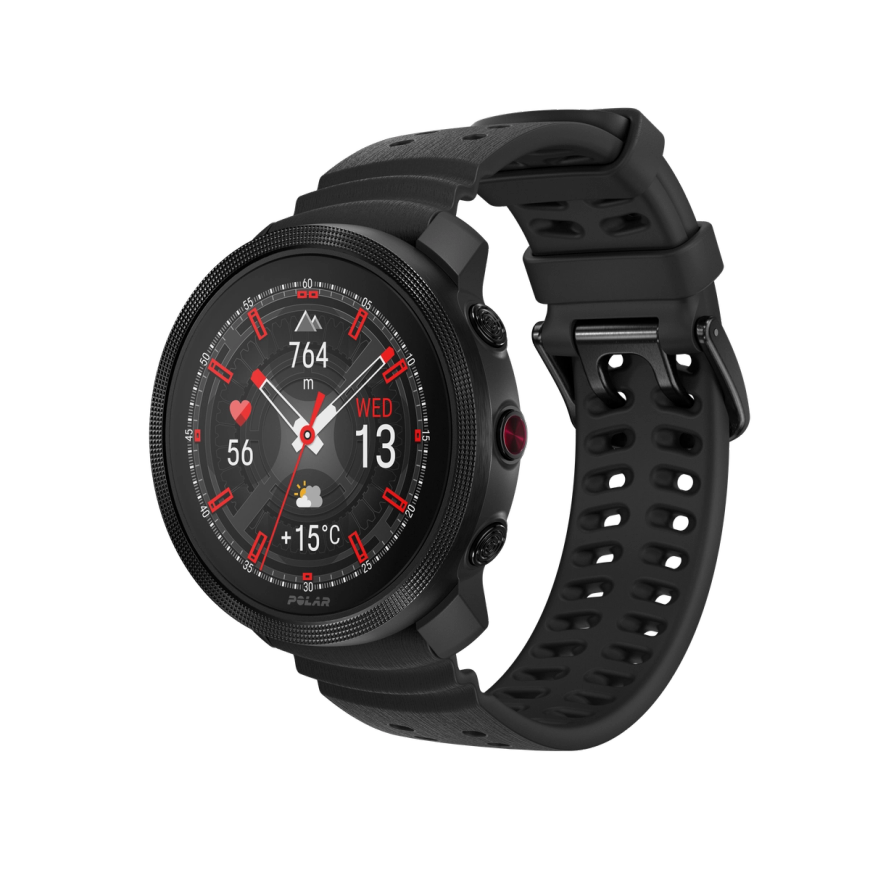
Polar Vantage M3
Multisport smartwatch
De Polar Vantage M3 is een slim horloge voor multisporters: compact maar krachtig, stijlvol maar sterk, en ontworpen om buitengewoon accurate en betrouwbare tools voor training, slaap en herstel onderdeel van jouw dagelijkse leven te maken.
Factors that increase the risk of damage
The off-season is a great time to reflect on how you've been approaching your training and think about what you can do in the coming season to improve. So, take a moment to consider the factors that can significantly increase your risk of developing these soft tissue and joint issues. Understanding these elements is key to preventing problems before they even start.
- Overtraining Syndrome: This occurs when the intensity and volume of exercise exceed the body's ability to recover. Symptoms include persistent muscle pain, fatigue, decreased performance, increased risk of illness, and mood changes.
- Inadequate Rest and Recovery: Tissues need time to repair and rebuild after exercise. Without sufficient rest, the damage accumulates.
- Incorrect Form and Technique: Poor biomechanics place abnormal and excessive stress on specific joints and soft tissues.
- Lack of Variety in Training: Repeating the same movements without cross-training can lead to overuse of specific structures.
- Ignoring Pain: Pushing through pain can turn minor issues into chronic, more severe injuries.
- Sudden Increases in Intensity or Duration: Rapidly ramping up workouts without gradual progression can overwhelm the body's adaptive capacity.
- Pre-existing Conditions: Individuals with conditions like arthritis or previous injuries may be more susceptible to further damage with prolonged exercise.
Post-Season Recovery Tactics
So, whenever you take time off from training, what can you do to ensure you heal and rebuild? Post-season recovery is about more than just taking a break – it's a strategic approach to restoring your body's resilience, especially for those hard-working connective tissues and joints. Let's look at tactics to help you bounce back stronger and prepare for your next challenge.
Active recovery
The goal here isn't to build strength or push your limits but rather to gently facilitate the body's natural healing processes. It involves engaging in light, low-intensity physical activity that gets your blood flowing without adding significant stress to your already fatigued muscles, connective tissues, and joints.
How does it work its magic? Light movement increases blood circulation throughout your body. This enhanced blood flow acts like a gentle clean-up crew, helping to flush out metabolic waste products that accumulate during your strenuous workouts. Simultaneously, this fresh, oxygenated, and nutrient-rich blood is delivered to your recovering tissues – your muscles, tendons, ligaments, and the areas around your joints. This fresh supply of nutrients is crucial for repairing microscopic tears and reducing inflammation, which is vital for those slower-to-heal soft tissues and cartilage.
Examples of effective active recovery include a leisurely walk, a gentle bike ride, swimming laps at a relaxed pace, or even some light yoga or foam rolling. The key is to keep the intensity low, around 40-60% of your maximum heart rate, and focus on comfortable, fluid movements.
Stretching and mobility work
While active recovery gets the blood flowing, stretching and mobility work are equally essential for nurturing your connective tissues and joints back to optimal health. It's important to understand that while often used interchangeably, stretching and mobility are distinct yet complementary practices.
Stretching primarily focuses on lengthening your muscles and increasing their flexibility. Think of holding a hamstring stretch to ease tightness in the back of your thigh. This helps to reduce muscle tension and can improve your overall range of motion. For post-season recovery, gentle static stretches (holding a stretch for 20-30 seconds) are particularly beneficial, as they can help relax muscles that have been chronically contracted and alleviate stiffness.
Mobility work, on the other hand, is about actively moving your joints through their full, healthy range of motion. It combines flexibility with strength and control. Rather than just lengthening a muscle, mobility drills teach your body to controlthat increased range of motion around a joint. Examples include hip circles, cat-cow stretches for spinal mobility or ankle rotations. These movements help to lubricate the joints by stimulating the production of synovial fluid, which is vital for cartilage health and smooth joint function.
Load Management
Think of load management as a dial, not an on/off switch. During your peak season, that dial was probably turned up quite high. In the post-season, the goal is to gradually turn it down to allow for healing and then slowly turn it back up as your body adapts. This means consciously reducing the volume (how much you do), the intensity (how hard you do it), and the frequency (how often you do it) of your training.
Why is this so important? Our connective tissues – ligaments, tendons, and cartilage – are particularly susceptible to overuse when they don't get sufficient time to adapt to stress. If you jump back into heavy lifting or high-impact activities too soon after a demanding season, you risk re-aggravating existing micro-damage or creating new injuries. Load management prevents this by giving these tissues the necessary time to repair and strengthen.
This might look like reducing your typical lifting weights, cutting back on the number of sets and reps, shortening your runs, or simply taking more rest days than usual. It's about being strategic: listening to your body, recognizing early signs of fatigue or discomfort, and adjusting your activity levels accordingly.
Tendon-specific training
Traditional strength training often focuses on concentric (muscle shortening) and eccentric (muscle lengthening) phases. However, tendons particularly thrive on isometric exercises. Isometrics involve holding a muscle contraction in a static position without movement. Think about holding a plank, or holding a bicep curl halfway through its range of motion. For tendons, this type of sustained, heavy, but non-moving load helps to stimulate collagen production and reorganize the tendon fibers, making them stronger and more resilient.
Why is this so effective? Tendons have a limited blood supply, which means they recover more slowly than muscles. Isometric holds create tension within the tendon, which can help promote blood flow and stimulate cellular activity essential for repair without adding the dynamic, shearing forces that might aggravate an already stressed tendon.
Incorporating tendon-specific training into your post-season recovery doesn't mean jumping straight into heavy, dynamic movements. Instead, it involves carefully prescribed isometric exercises, often starting with lower loads and gradually increasing duration or intensity. This might look like holding a wall sit for quad/patellar tendon health or calf raises held at the top or bottom for Achilles tendon care. By strategically applying these specific loads, you're not just resting your tendons – you're actively rebuilding and fortifying them, paving the way for a stronger and more injury-resistant return to your sport or activity.
Sleep
Finally, let's talk about the ultimate, non-negotiable recovery tool: sleep. While often underestimated, getting sufficient, quality sleep is arguably the most powerful recovery tactic you can employ, especially after a demanding gym season.
Think of sleep as your body's dedicated repair shop. It's during these precious hours that the majority of your body's restorative processes take place. When you're asleep, your body produces and releases crucial growth hormones, which are essential for tissue repair and regeneration – this includes not just your muscles but, critically, your soft tissues like tendons, ligaments, and the cartilage in your joints. These vital structures, as we've discussed, have a slower healing rate, making uninterrupted sleep even more paramount for their recovery.
Beyond physical repair, sleep also plays a profound role in reducing inflammation. Chronic inflammation, a common byproduct of intense training and overuse, can impede healing and contribute to persistent pain. Adequate sleep helps regulate inflammatory responses, allowing your body to settle down and truly heal.
Furthermore, sleep is vital for mental and neurological recovery. It replenishes your central nervous system, improves cognitive function, and helps regulate mood – all of which are crucial for feeling rejuvenated and ready to tackle future training cycles. Aim for 7-9 hours of quality sleep per night, and try to maintain a consistent sleep schedule, even on weekends.
Nurturing Your Body for Long-Term Health
Whatever your off-season may look like, it's a golden opportunity. Instead of viewing it as downtime, consider it a valuable window to actively nurture your body, especially those often-overlooked soft tissues and joints.
By integrating active recovery, smart stretching and mobility, thoughtful load management, tendon-specific training, and prioritizing sleep, you're not just recovering from one season – you're investing in decades of healthy, pain-free movement.
This holistic approach builds resilience, prevents future injuries, and ensures you can continue to enjoy the activities you love, stronger and more durable than ever before. So, take this time to truly listen to and care for your body – it's the best long-term investment you can make!
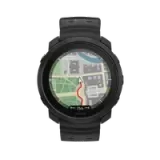 Polar Vantage M3
Polar Vantage M3
 Polar Grit X2 Pro Titan
Polar Grit X2 Pro Titan
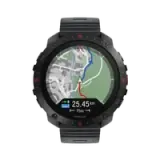 Polar Grit X2 Pro
Polar Grit X2 Pro
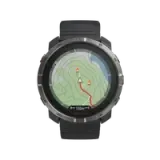 Polar Grit X2
Nieuw
Polar Grit X2
Nieuw
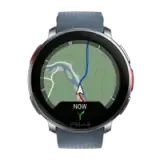 Polar Vantage V3
Polar Vantage V3
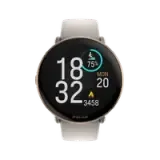 Polar Ignite 3
Polar Ignite 3
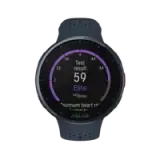 Polar Pacer Pro
Polar Pacer Pro
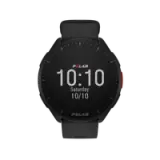 Polar Pacer
Polar Pacer
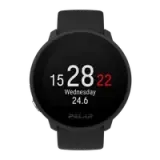 Polar Unite
Grit X-serie
Vantage-serie
Pacer-serie
Ignite-serie
Polar Unite
Grit X-serie
Vantage-serie
Pacer-serie
Ignite-serie
